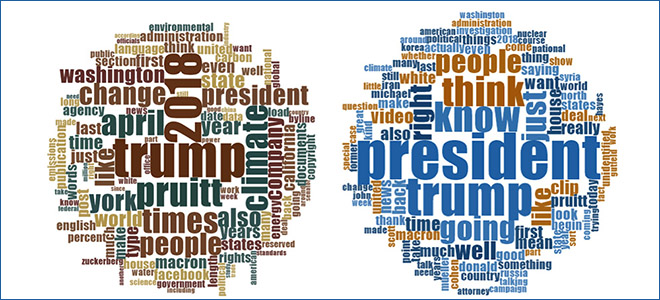
Media and Climate Change Observatory (MeCCO)
April 2018 Summary
April media attention to climate change and global warming was up 6% throughout the world from the previous month of March 2018. Newspaper coverage in Oceania went up 8%, and North America increased 19%. Central/South America dropped 19%, while coverage in Africa, Asia, Europe and the Middle East held relatively steady. At the country level in April 2018, newspaper coverage went down compared to March in Spain (-4%), India (-7%) and Germany (-6%). It was up in the other countries monitored: Canada (+17%), the United Kingdom (UK) (+7%), Australia (+4%), New Zealand (+14%) and the United States (+20%). Meanwhile, US television coverage increased 26% from the previous month, while the six world radio sources monitored more than doubled from coverage in the previous month.
Global newspaper counts were about a quarter though of those (73% less) from counts a year ago (April 2017), when a great deal of global media attention was focused on the Trump Administration’s dispositions towards the Paris Climate Agreement. For example, journalist Coral Davenport of The New York Times reported that Mr. Trump intends to make a decision before the Group of Seven (G7) meeting in May 2017 on whether or not the US will follow through with its commitments under the Agreement. Davenport suggested that President Trump’s policy advisors are urging him to keep the US committed, while journalists Chris Mooney and Brady Dennis at The Washington Post reported that US Environmental Protection Agency (EPA) Administrator Scott Pruitt was lobbying for withdrawal. Meanwhile, both the ‘March for Science’ and the ‘People’s Climate March’ garnered significant coverage in April 2017. The ‘March for Science’ included a large demonstration in Washington D.C., but similar protests took place in hundreds of cities across the U.S. and around the world. The Bangkok Post reported that Australia, New Zealand, and Germany also saw large turnouts as part of the ‘March for Science’.
Figure 1 shows these ebbs and flows in media coverage at the global scale – organized into seven geographical regions around the world – from January 2004 through April 2018.

Moving to considerations of content of climate change or global warming coverage in April 2018, Figure 2 shows word frequency data at the country levels in global newspapers and radio, juxtaposed with US newspapers and US television in April 2018. It is notable that the US-based media sources still continue to show signs of ‘Trump Dump’ (where media attention that would have focused on other climate-related events and issues instead was placed on Trump-related actions (leaving many other stories untold)). And as in previous months, content in media reporting outside the US context shows that this pattern of news reporting continues to be limited to the US. To illustrate, April 2018 news articles related to climate change or global warming in the US invoked ‘Trump’ 2498 times through the 426 stories this month (a ratio of nearly 6 times per article on average) in The Washington Post, The Wall Street Journal, The New York Times, USA Today, and the Los Angeles Times. In US television sources of ABC, CBS, CNN, Fox News Network, MSNBC, and NBC, Trump was mentioned 3198 times in 91 news segments (a whopping 35 mentions per segment on average). In contrast, in the UK press, Trump was mentioned in the Daily Mail & Mail on Sunday, The Guardian & The Observer, The Sun, The Daily Telegraph & The Sunday Telegraph, the Daily Mirror & Sunday Mirror, TheScotsman & Scotland on Sunday, and The Times & The Sunday Times 735 times in 557 April articles (approximately 1.3 mentions per article on average). As has been noted in previous MeCCO summaries, however, these current trends can quickly change, contingent on Trump Administration actions (or lack thereof) that could influence media attention on climate change or global warming.
Many media accounts in April focused on primarily political content associated with climate change and global warming. For example, US EPA Administrator Scott Pruitt earned a great deal of media attention (and scrutiny) for a range of accusations of inappropriate conduct and reckless spending of tax dollars. Among a number of outlets covering these stories in April, journalist Jacqueline Alemany from CBS News reported that “EPA chief Scott Pruitt met with lobbyist Steven Hart, who rented Pruitt a condo in Washington, D.C., for $50 a night … Hart’s lobbying firm, Williams & Jensen, revealed in a filing that Hart was a registered lobbyist for Smithfield Foods in the first quarter of 2018. According to emails obtained by CBS News, Hart and Smithfield Foods executive Dennis Treacy met with Pruitt in July 2017.” This and other allegations earned him a series of hearings in the US Congress later in the month, as reported by Louise Radnovsky and Heidi Vogt of The Wall Street Journal.
As another example of political content, though outside the US, BBC journalist David Shukman reported on the landmark agreement made at the International Maritime Organization talks, to cut emissions of greenhouse gases in the global shipping industry. Shukman noted that “shipping generates roughly the same quantity of greenhouse gas as Germany and, if it were accounted for as a nation, would rank as the world’s sixth biggest emitter. Like aviation, it had been excluded from climate negotiations because it is an international activity while both the Kyoto Protocol and the Paris Agreement involved national pledges to reduce greenhouse gases”.
Meanwhile in April, coverage relating primarily to the cultural dimensions continued to draw attention. To illustrate, journalist Ryan Miller from USA Today reported on marches for science around the world, commencing April 14th. The article characterized the second annual gatherings as “500 marches worldwide to send one clear message to public officials: that evidence-based policy decisions are critical and science should not be ignored”. Journalist Susan Svrluga from The Washington Post profiled a number of marchers and their motivations, while also noting that the “March for Science’s evolution over the past year has included transforming into a nonprofit with a broader mission: to support science and research policy through campaigns, outreach and marches”.
Media stories also intersected with scientific as well as ecological and meteorological issues across the globe in April 2018. For example, journalist Ben Smee from The Guardian reported on a new study in Nature that found that nearly a third of coral in the Great Barrier Reef in Australia died during a marine heatwave in 2016 associated with climate change. The study’s lead author Dr. Terry Hughes nonetheless offered a hopeful comment in saying that “the Great Barrier Reef is certainly threatened by climate change, but it is not doomed if we deal very quickly with greenhouse gas emissions. Our study shows that coral reefs are already shifting radically in response to unprecedented heatwaves.”
As May arrives and the tripod drops and the Nenana Ice Classic in Alaska ends, winter in the Northern Hemisphere draws to a close. Throughout the indications of the changing seasons, MeCCO will continue to track the ebbs and flows of climate change or global warming coverage in 74 media sources (newspapers, radio and TV) in 38 countries in seven different regions around the world. So stay tuned for further updates.
– report prepared by Max Boykoff, Jennifer Katzung and Ami Nacu-Schmidt



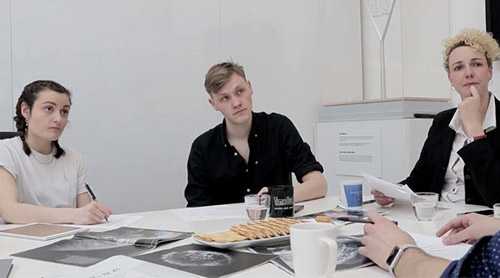




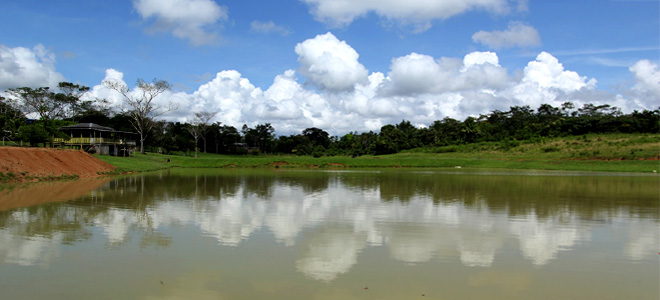



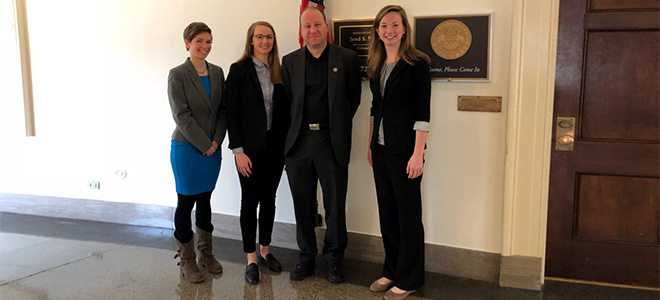

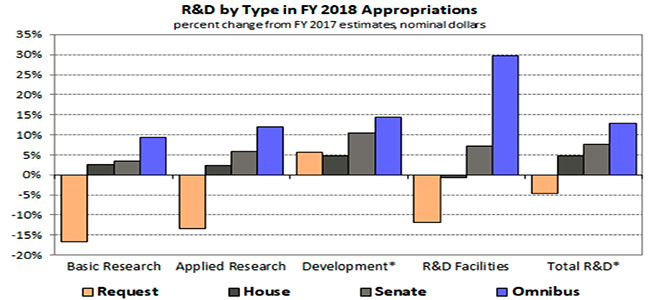
Ogmius, Issue 49 is Now Out
Ogmius
Issue #49, Spring 2018
Tax Reforms, Tuition Waivers, and the Role of Policy-Relevant Knowledge Production in a Contemporary Society by Steve Vanderheiden
In the wee hours of Saturday morning, December 2, the Senate passed its long-anticipated tax reform bill, having circumvented the filibuster-proof supermajority requirements routinely used to obstruct ordinary legislation when Democrats controlled the chamber with a 51-49 majority. In announcing the vote, Majority Leader Mitch McConnell remarked that he was “totally confident” that the bill would be at least revenue-neutral, and that he personally believed “that it’s going to be a revenue producer” (Tankersley, Kaplan and Rappeport 2017).
The basis for such a belief is unclear. The Joint Committee on Taxation, which was established in 1926 to assist legislators in “making objective and informed decisions with respect to proposed revenue legislation,” projected that the bill would add over $1 trillion to the federal deficit over a decade, after accounting for any economic stimulus effects.
Only one Senator crossed party lines, with Bob Corker (R-TN) opposing the bill on stated fears that this congressional advisory body might possibly be correct in its estimates. According to analysts, his 51 Senate colleagues voting for the bill rejected the findings of the institution’s in-house and non-partisan experts “because they felt burned by unflattering analyses of their health care proposals issued this year by the Congressional Budget Office” (Tankersley, Kaplan and Rappeport 2017).
The message sent by McConnell and his fellow congressional Republican colleagues was clear: rather than seeking to make “objective and informed decisions” about public policy, where facts and evidence inform legislative decision-making and relevant forms of expertise are valued for their contributions to the understanding of such facts, questions such as the budget impact of tax cuts are to be settled by reference only to the personal beliefs of individual politicians. Where unbiased expertise becomes an obstacle to partisan or ideological objectives, expertise itself is to be denigrated and cast aside, to be replaced by whatever personal beliefs accommodate the interests of the nation’s donor class. Critics have lamented this “post-truth” turn in U.S. politics and public life as endemic to the Trump era (See, for example, The Economist 2016; Bomey 2018). CSTPR founding Director Roger Pielke, Jr. has actually chronicled that the politicization of science has a longer history. Read more …
Fostering Scientific Integrity in Policymaking: Opportunities at the State Level by Matthew Druckenmiller
Scientific integrity is the foundation for science and scientists to be useful to, and trusted by, those consulting science to make decisions. The Union of Concerned Scientists (UCS) defines scientific integrity as “processes in which independent science fully and transparently informs policy decisions, free from inappropriate political, ideological, financial, or other undue influence”. In today’s climate of divided politics, partisan rancor, and rampant spread and availability of misinformation, efforts are underway to safeguard what UCS defines as the four principles of scientific integrity in federal policymaking: (1) independent science, (2) scientific free speech, (3) transparent decision making, and (4) statutory compliance. The first two are at the core of what it means to be a scientist. By and large, scientists commit to the deeply held belief that their work must be free from conflicts of interest that may bias their science, and that they are free to express their personal views on the science with appropriate disclaimers. The third and fourth principles, however, are perhaps more in-view for those scientists working at the interface of science and policy; those immediately concerned with bringing science in service of the public good. (While the proportion of basic research funded by taxpayer dollars is dramatically down from previous decades, federal funds remain by far the largest supporter of research.) Implementing statutory compliance to scientific integrity refers to legal frameworks that require that the best available science be brought to bear on policy decisions. Knowing where and how such frameworks apply requires experience, and is key to identifying opportunities for bringing transparent, independent science to bear on federal policy deliberations.
However, any momentum toward greater evidence-based governance in the U.S. and action on some of the most pressing issues we face requires progress at the state level as well. Policy issues debated in a federal context often mirror discussions underway across the states, whether, for example, related to health-care, education, environment, or extreme weather events. Also, in terms of opportunity, it is important to keep in mind that the vast majority of states (if not all) are not experiencing the gridlock of the U.S. Congress. (For example, in Colorado, 62% of bills introduced last year passed both chambers, and were passed onto the Governor. By comparison, the 114th U.S. Congress sent only about 3% of introduced bills to the President.) While there are some nonpartisan resources at state legislators’ disposal, most states lack adequate resources to support informed legislative policy. Yet, they are encountering issues that are increasingly technically complex without the scientific or technical expertise to address them. Read more …
On the Ground Learning Over Spring Break: Law Students Travel the Colorado Plateau by Alice Madden
None of us would have guessed that the most impactful part of an eight-day, adventure filled field-trip around the Four Corners area would be a short walk around a mesa in northeastern Arizona. But that was before we met Nicole Horseherder.
Let me backup. I have the pleasure of teaching the Advanced Natural Resources Seminar at the Law School this Spring. Initiated by Prof. Charles Wilkinson 30 years ago, this unique seminar examines issues facing a specific geographic area and culminates with a field-trip. Past seminars have studied important watersheds across the southwest, the Greater Yellowstone Ecosystem, and the Grand Canyon.
This year, we studied the Colorado Plateau—these canyons and high deserts are home to more national parks and monuments than any place in the world. Native American Tribes hold one-third of the land. From Durango to the shadows of Bears Ears, from Glen Canyon Dam to the south rim of the Grand Canyon, through Monument Valley and the expanses of Hopi and Navajo lands – we racked up over 1,300 miles meeting with federal land managers, Native Americans, environmental organizations, land trusts, and others who shared what they know about this unique landscape.
Throughout the semester, 12 law students learned about the area’s history, culture, and current challenges such as a raging public land debate, habitat loss, grazing, increased aridity, electricity production, drilling, and mining. But walking on Nicole’s ancestral lands with her nine year-old son and 14 year-old daughter is what put everything into perspective. Read more …
View Full Issue